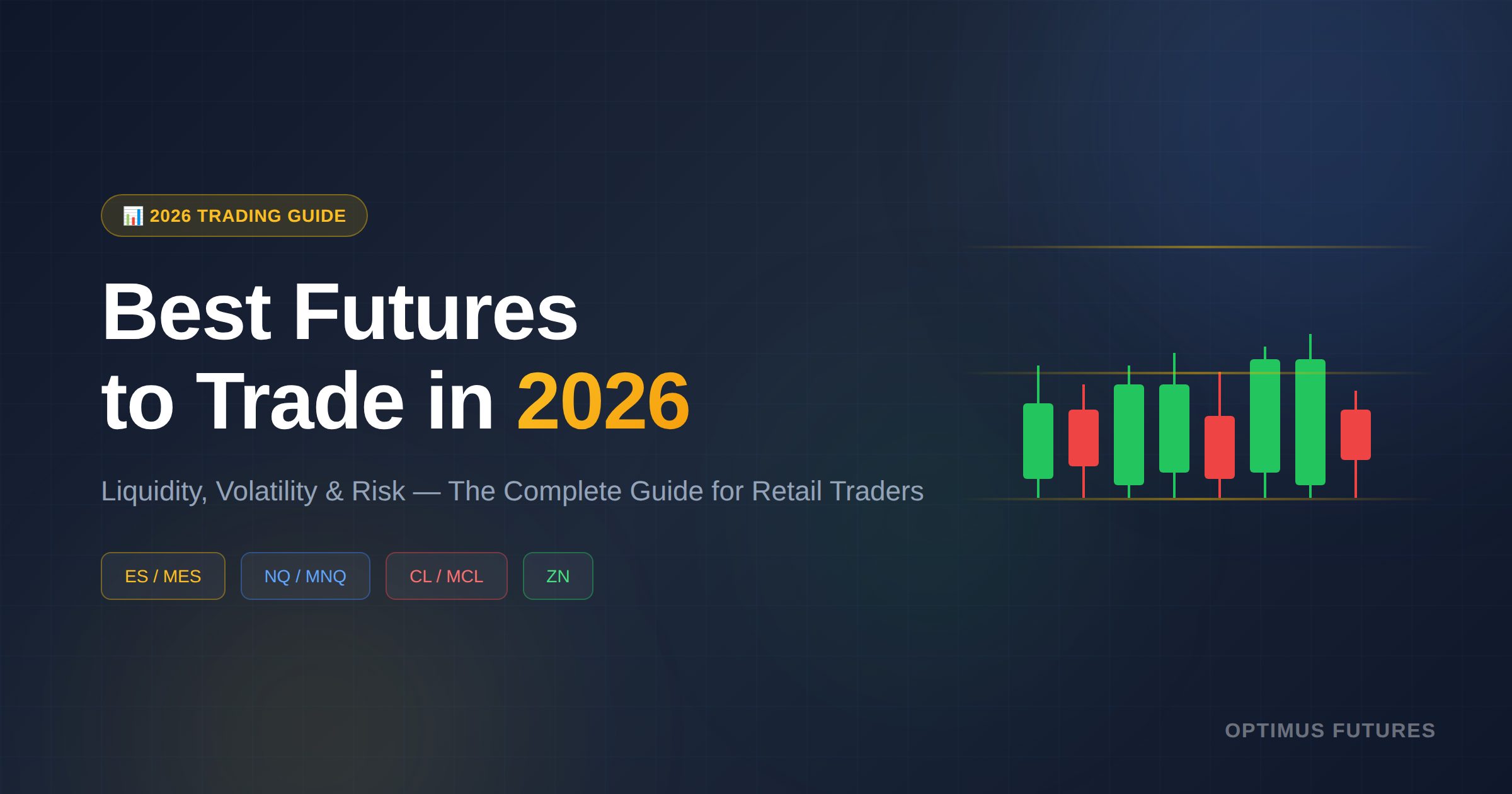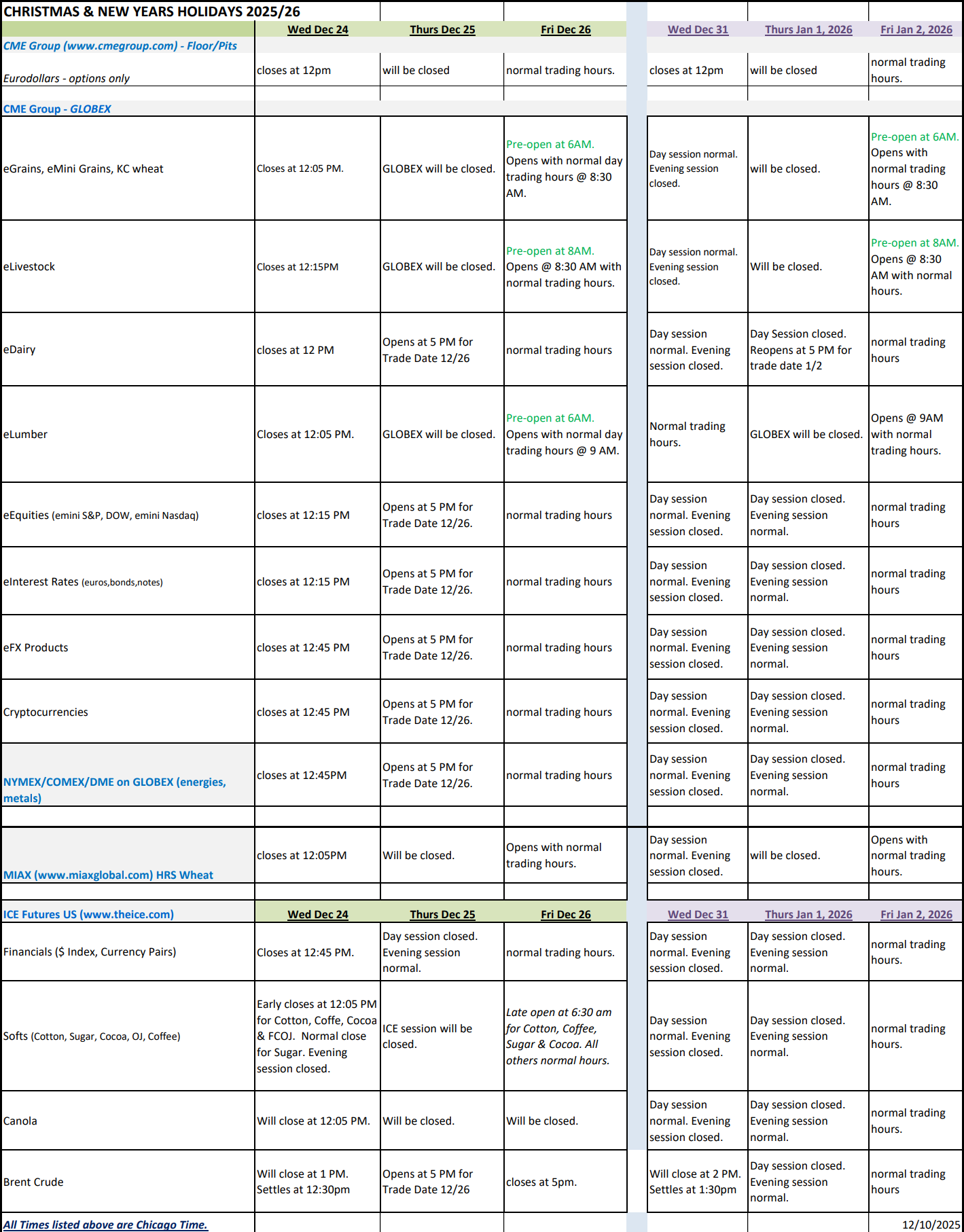This article on the benefits of Trading Micro Crude Oil Futures is the opinion of Optimus Futures.
- Micro futures can help new or small traders reduce their risk exposure enough to test out new strategies or make the transition from simulated trading to trading in a live market.
- The smaller sizes that micros offer can help traders customize their position size.
- Hedging a commodity ETF is another potential benefit of micro futures, particularly for investors whose equity positions are too small for a standard contract size.
Maybe you’re a retail futures trader who’s interested in trading the oil market but can’t afford the risk of a standard crude oil contract.
In either case, smaller price exposure may provide a better and more efficient alternative. A smaller contract can mean more customizability, reduced risk, lower margins, and better position manageability.
For these reasons, the CME Group recently introduced its new Micro WTI Crude Oil Futures, which began trading on July 12, 2021 on the NYMEX exchange.
What Are Micro WTI Crude Oil Futures?
Similar to its “standard” counterpart, micro crude oil contracts have as their underlying product West Texas Intermediate (WTI) crude oil, which is the US oil benchmark (versus Brent crude, which is pumped out of the North Sea between the UK and Norway).
Source: CME Group
Whereas the standard crude oil contract is designated by the symbol CL, micro crude futures are designated by the symbol MCL.
Whereas the contract size for the CL is 1,000 barrels, one MCL contract is equivalent to 100 barrels–a tenth the size of the standard contract.
Both the CL and MCL have 0.01 as their minimum fluctuation, or “tick” size, but whereas each tick for the CL is equivalent to $10 per contract, a tick on the MCL is equivalent to $1.00 per contract.
And finally, whereas the CL offers physical delivery, the MCL is cash-settled only.
So, what can you do with a micro contract that you might not be able to do with the standard contract?
Micro-Size Allows You to Customize Your Price Exposure
Suppose you have an investment portfolio in which you hold 300 shares of a crude oil ETF. The smallest price movement of this ETF is one cent. So, at three hundred shares, every cent is equivalent to a $3 move up or down.
You can’t possibly hedge your ETF position with a standard contract, as one tick on the CL is equivalent to $10 (comparable to an ETF position of 1,000 shares). Your ETF position is clearly not large enough to justify using even one CL contract.
But with MCL, you can customize your hedge to match your ETF position by using three MCL contracts, equivalent to a $3 move.
Reduced Price Exposure Can Mean More Trade Flexibility
Consider the following trading scenario. You have a small futures trading account of $10,000. Your objective is to risk no more than 2% of your capital in a single trade.
Supposing you bought one CL contract on a breakout at 73.50. The most reasonable support-based stop loss would be at 71.40.
Risking 210 ticks, if you get stopped out, your market loss would be $2,100, which is 21% of your account–far exceeding your preferred risk of 2%.
Source: Tradingview
But with an MCL contract, your total risk would be only $210 which is 2.1%. Between 21% and 2.1%, the MCL contract brings you much closer to your preferred risk limit.
But what if you had double the amount of trading capital, say $20,000? The same loss on the CL ($2,100) would still exceed your 2% risk limit. But with a micro, you can trade up to two MCL contracts, and that would barely exceed your 2% risk limit. And if your trade turns out profitable, you’d have double the profit potential.
So, this is something to think about. There’s genuine customizability when using a smaller contract to scale up your positions.
Disclaimer: The placement of contingent orders by you or broker, or trading advisor, such as a “stop-loss” or “stop-limit” order, will not necessarily limit your losses to the intended amounts, since market conditions may make it impossible to execute such orders.
Affordable Margins to Hold Positions Over Longer Periods
Not all of the best opportunities in crude oil trading happen intraday, in a matter of minutes or hours. If you’re looking to ride a short-term price swing, from low to high or vice versa, such swings can often last two or more days. And their starting point doesn’t always coincide with the beginning of the trading day; some can happen overnight.
This is why some day traders opt for the occasional swing trade. But only if they can afford the overnight margin.
Not every small trader wants to have their capital tied down on a $5,830 per contract overnight margin for the standard crude oil contract. Some may not even be able to afford it.
But with micro crude oil futures–a tenth of the size and a tenth of the margin requirements–the ability to swing trade may be well within reach.
Source: CME Group
What this means is that the reduction in margins opens up a whole new realm of trading possibilities no longer limited to intraday.
Longer swings can mean more or potentially larger opportunities.
CLICK HERE to view Micro Crude Oil Day Trading Margins
No More Bucket Shops in Trading CFDs with Shady Brokers
When you trade commodity Contracts for Difference (CFDs) with an FX broker, they are filling your order and hedging against your exposure via the futures market. The broker gets the commodity at market value–the price-driven in real-time by live market participants–while you often get a less competitive price via the “spread.”
Even if your spread is competitive, there’s no guarantee that the actual bid is lower or the ask is higher in the futures market than what you see on your screen.
By trading futures on a regulated exchange, bid/ask manipulation is nearly impossible. The prices are transparent and determined by the buyers and sellers who are participating in the market. In other words, your bucket shop trading days for crude oil ends here.
No More Wasted Time Trading in Simulation Mode
If you’ve placed enough short-term trades in the live market, you know right away the difference between simulation and live mode. The shorter the time frame, the more remote the resemblance between sim and live. You can be making profits hand-over-fist on a demo whereas the same trades in a live market may cost you your entire account if you’re not careful.
In short, trading sim can often mean trading blind. You don’t know if your system actually works in the live market until you test it with real money. Even worse, if you’re practicing sim, you may be unwittingly perfecting a losing system or method. You can’t know for sure until you go live.
As micro contracts generally entail lower financial commitment, micros can help you make that transition from simulation to live with potentially less risk.
Micro contracts give you a tenth of the standard contract. A loss in a micro trade is a tenth of what you’d lose on a standard trade if you placed that same trade. So, if you’re ready to get your feet wet in the real market, micros can help you make that transition with lesser anxiety and greater confidence/.
And once you’re ready to scale up, you can simply add more contracts. You now have the ability to “customize” your risk level.
The Value of Diversification
There are many ways to diversify. You can diversify markets–trading different commodity classes. You can diversify instruments–trading a mix of stocks, bonds, futures, and options. You can also diversify “systems”–trading longer-term systems against shorter-term systems.
If you approach it carefully and respectfully, micro crude oil futures can be another colorful instrument to add to your trading/investing toolbox. Pay attention to the general benefits of going smaller, for they can, in the long run, make a big difference in your trading.
Where Can I Learn More About and Trade Micros?
Trade Micro Crude Oil Futures at Optimus Futures. We can answer all your questions and, if necessary, guide you through the steps to begin navigating this exciting new product. Our brokers are here to ensure that no trader enters a new market without understanding the risks and opportunities that may accompany each instrument.
Trading futures and options involve substantial risk of loss and are not suitable for all investors. Past performance is not necessarily indicative of future results.
CME Micro contracts generally have a value and margin requirement that is one-tenth (10%) of the corresponding regular contract. The cost of trading Micro contracts is higher than regular contracts when measured as a percentage. Commission rates are not always one-tenth of the rate for regular contracts. Exchange and NFA fees are not proportionately reduced. Frequent trading of Micro contracts further compounds the cost disparity. Futures transactions are leveraged, and a relatively small market movement will have a proportionately larger impact on deposited funds. This may result in frequent and substantial margin calls or account deficits that the owner is required to cover by depositing additional funds. If you fail to meet any margin requirement, your position may be liquidated, and you will be responsible for any resulting loss.







